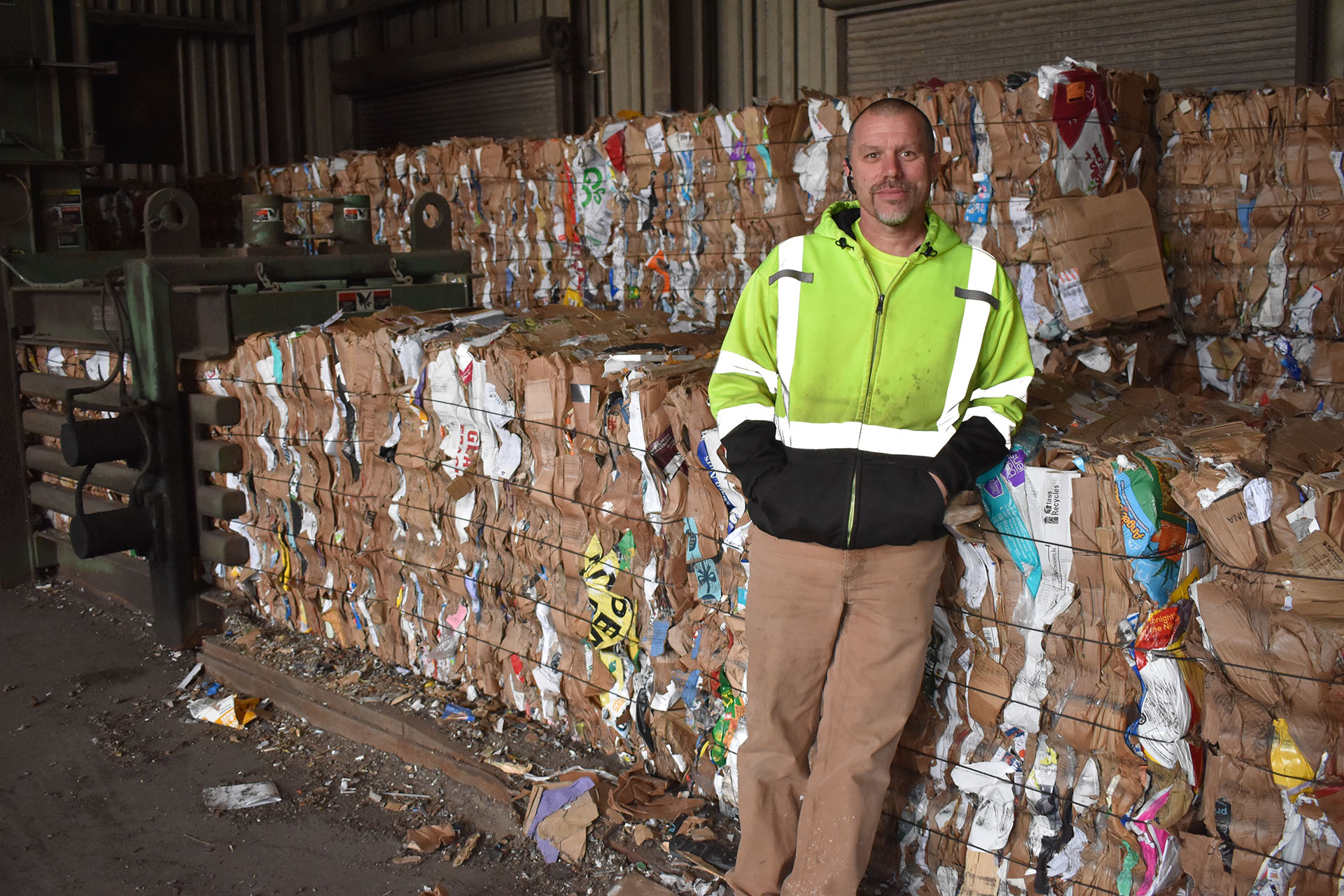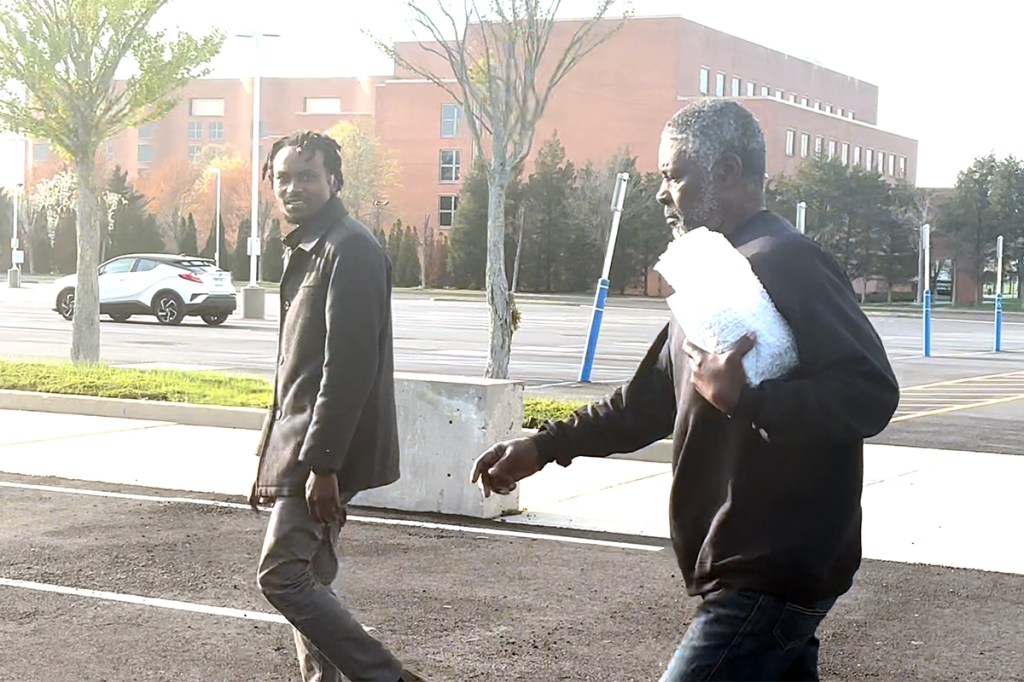In East Hampton, Trash Outlook Still Good

A spot to socialize, a moneymaking concern, and a place where everyone’s unwanted is deposited — welcome to East Hampton Town’s dump.
“This is like the fashionable meeting place. I meet all my friends here,” commented a smiling Sam Mizrahi as he toted trash from his vehicle to drop in the containers at the East Hampton Recycling and Disposal Center on Springs-Fireplace Road.
Mizrahi, 65, of Springs, is one of an estimated 11,000 town residents with dump permits who deliver their castoffs to an operation that handles about 86.5 million pounds of trash disposed of yearly at centers in East Hampton and Hither Hills in
Montauk.
Unlike some towns on Long Island and elsewhere that are experiencing problems handling refuse since January 1 when China sharply cut back the amount of mingled recyclables it accepts, East Hampton has avoided problems.
Town Supervisor Peter Van Scoyoc recently declared East Hampton’s recycling effort “successful” in a 2019 budget proposal which projects recyclable sales will reach $250,000 next year.
Len Bernard, the town budget officer, said that number is on the conservative side. This year, the town has pulled in $254,965 from recyclable sales. In 2017, it made $269,469. But, over-optimistic projections can cause fiscal problems, he noted, and cited the variability of prices and the negative impact of the Chinese market on up-island towns.
East Hampton in 2017 earned its money from sales of 159 tons of newspaper, 331 tons of mixed paper, 609 tons of cardboard, 526 tons of scrap metal, 3289 tons of leaves, 1503 tons of grass, 611 tons of wood chips, and 2926 tons of brush. Homeowners can get three barrels of mulch for free.
Craig Fick, a labor crew leader who oversees operations at the center, said the town is getting $100 a ton for scrap metal.
An aging baling machine, from the last century, which Fick said might soon need replacement, crushes the cardboard into four-by-4-foot cubes that recently went for $53 a ton.
Town Highway Superintendent Steve Lynch explained that other locations, such as Brookhaven, have run into trouble because they allow residents to single stream recyclables and the mixed trash is harder to sell.
In the first nine months of this year, the volume of scrap exports to China has fallen 40 percent, according to Adina Adler, senior director of government relations for the Washington-based Institute of Scrap
Recycling Industries.
The 10,000 communities affected by the market drop, she said, have reacted in a variety of ways. Some are sending recyclable items to landfills, some are stockpiling them hoping for a recovery in what was a $5 billion market, some are requiring residents to segregate previously mixed recyclables, and others are upgrading equipment to do sorting, she
reported.
Lori Severino, with New York Department of Environmental Conservation, said the state is working “to develop short and long-term actions to bolster recycling markets in New York.”
Firms that take the recyclables look on East Hampton’s segregated items favorably because “We’re 90-percent clean,” Fick explained. The biggest problem, he said, is residents throwing out cardboard boxes containing unwanted Styrofoam packing material. Firms that buy the cardboard “are yelling about that,” he said.
Lynch said there is currently no market for glass, so it is crushed on site and used for highway projects like catch basins. Plastic, he said, is basically a wash with firms accepting it, but paying nothing.
Despite a sign advising that the plastic containers are only for bottles, residents routinely toss in anything they think fits the description. Still, “vendors don’t complain that much,” Fick said.
The town pays an outside contractor to have 12,000 tons of non-recyclable waste and 3908 tons of construction debris trucked away yearly from the facility. The town refuse operation spends about $1.5 million each year in subcontractor costs.
East Hampton hasn’t burned or buried its garbage in 25 years. Its hills of trash in East Hampton and Montauk are under an impermeable cap that doesn’t release enough methane “to light a cigarette,” Lynch said.



